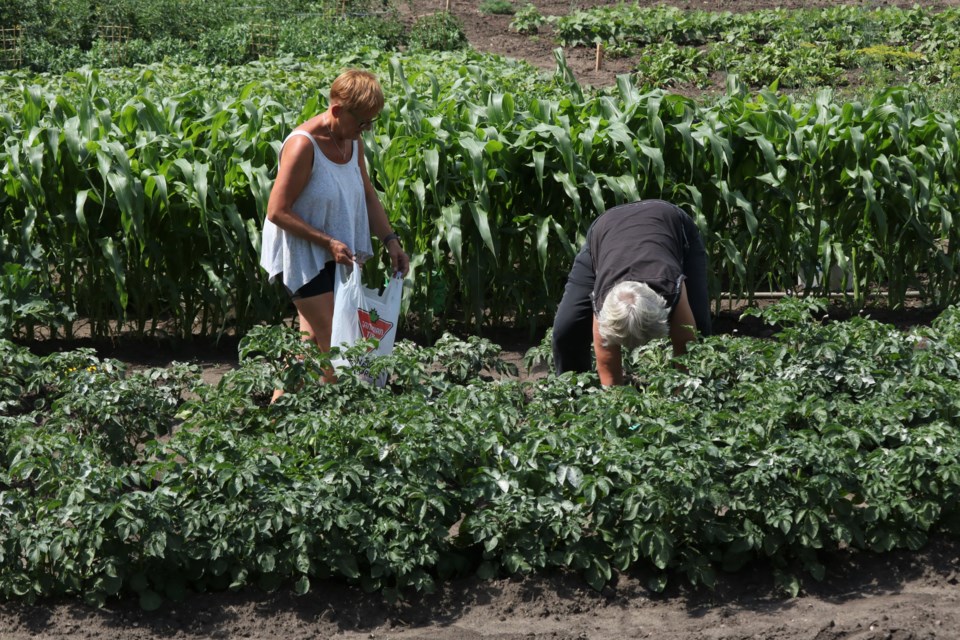YORKTON - You’re invited! The Yorkton and District Horticultural Society will be holding their annual Fruit, Flower and Vegetable Show on Wednesday, August 7 from 11:00 AM to 3:00 PM at the Parkland Mall in Yorkton. Please join us for and see interesting displays of vegetables, fruits, flowers, houseplants, and flower arrangements. This year we have chosen the geranium as our feature plant, so we hope to have a collection of this long-time gardening favorite for you to see. Everyone is welcome! Join us and bring a friend! Admission is free.
With the heat we’ve had recently, it seems like a good chance for us to have a glass of iced tea and chat about drought-tolerant plants. Sometimes gardeners think that ‘drought-tolerant’ plants do not have the same amount of selection or beauty as other plants, but that is not so.
So let’s talk about those plants that can be great additions to our flower plantings.
At this moment, I’ll get on my soap-box and briefly talk about xeriscaping, because it seems to be one of those gardening concepts that is often misunderstood. Xeriscaping does not mean replacing living plants with a layer of rock. Sometimes using rock can be a creative accent for some yards, but replacing lawn with rock does not constitute ‘xeriscaping’.
Xeriscaping is designing our gardens or yard landscapes so that we are conserving water and using it to the utmost benefit. This type of gardening will use a minimum amount of water to do well, and by choosing drought-tolerant plants carefully, will still yield color and beauty. How do we do this? We begin by doing some homework and grouping our plants according to their water requirements. When we do this, and water our plants, the group of them can enjoy the water together, rather than scattering them here and there. Using mulch helps to keep the moisture in the soil so that it doesn’t evaporate as quickly, and helps to cool the soil .
Let’s focus on drought-tolerant annuals in this conversation. In no particular order, these annuals enjoy sun and can tolerate dry conditions: cosmos, portulaca, geraniums, sunflowers, California poppy, zinnias, dusty miller, salvias, cleome, gazania, alyssum, borage, verbena, osteospermum, bachelor buttons, lavender, and strawflower. That’s a pretty good list! I read that while petunias can get by through the occasional dry spell, they like consistent moisture, so I didn’t include them on our list.
But…(there is almost always a but!)… if we grow certain favorite plants, like petunias, in containers, we can find a way around the issue of moisture. Yes, containers do dry out more quickly and require watering. But when we water them, the water is contained and goes directly to where it is needed, not running off or being absorbed in other areas. So it is a possibility for some gardeners.
And a reminder…a lawn, one of the largest patches of living plants in our yards, is also drought-tolerant, because during dry spells it goes dormant. It is one of nature’s hardiest and most adaptable plants, so we don’t need to be discouraged during dry spells. (Dry, hot spells are the times to keep the lawn a bit longer to conserve moisture in the soil).
It’s important to note that many of the flowers listed are also bee-friendly favorites, and that is another great consideration!
Another time, we’ll chat about drought-tolerant perennials. Visit the hort society at www.yorktonhort.ca. Thank you for out friends at YTW for their hard work. Gardeners, enjoy your gardens and be sure to wear a hat!






